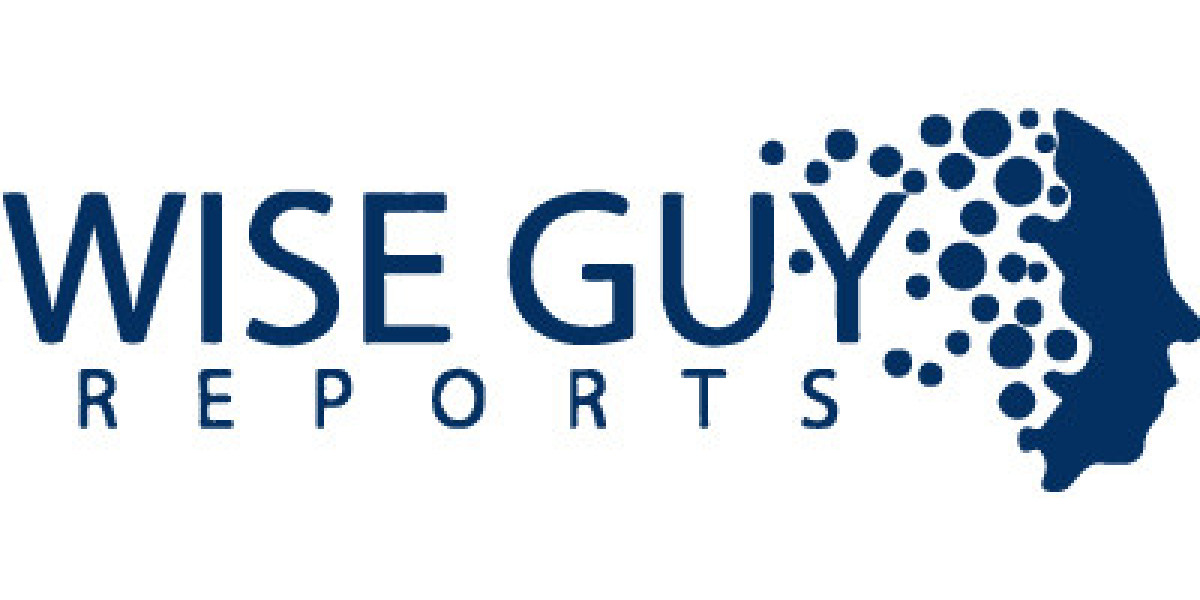The automobile shock absorber market is expanding as automotive manufacturers prioritize ride quality, vehicle stability, and passenger comfort. Shock absorbers, an integral part of a vehicle’s suspension system, dampen the impact of bumps and vibrations on the road, ensuring a smooth ride and enhancing vehicle control. They are essential not only for passenger vehicles but also for commercial and industrial vehicles, making them a crucial component across all types of vehicles. With advancements in suspension technology and increasing consumer expectations for comfort, the shock absorber market is experiencing consistent growth.
Market Drivers
- Growing Demand for Passenger Comfort and Safety
Modern consumers prioritize a smooth, comfortable ride along with safety, and shock absorbers play a vital role in both areas. By absorbing road shocks and minimizing vibrations, these components help prevent passenger discomfort while also improving vehicle handling and control. As urbanization increases and people spend more time commuting, the demand for vehicles equipped with high-quality suspension systems is rising. Safety regulations across the globe are also driving manufacturers to include reliable shock absorbers in their designs to meet these standards.
- Technological Advancements
New technologies are reshaping the automobile shock absorber market, with innovations such as electronically controlled shock absorbers and air suspension systems gaining traction. Adaptive shock absorbers can adjust damping force based on driving conditions, providing a smoother ride while conserving energy. This is especially beneficial in electric vehicles (EVs), where power efficiency is essential. Additionally, advanced materials such as carbon fiber and polymers are now being used to make lighter, more durable shock absorbers that contribute to overall vehicle efficiency.
- Expansion of Electric and Autonomous Vehicles
The growth of the EV and autonomous vehicle sectors is also driving demand for advanced shock absorbers. Electric vehicles, in particular, require lightweight and efficient suspension systems to optimize battery life and range. Autonomous vehicles further add complexity, as they need high-performance shock absorbers to ensure consistent stability and passenger comfort in a variety of conditions. This shift is prompting manufacturers to develop innovative shock absorber designs that are compatible with the unique requirements of EVs and self-driving vehicles.
Key Market Segments
The automobile shock absorber market can be divided into segments based on vehicle type (passenger cars, commercial vehicles, and two-wheelers), sales channel (OEMs and aftermarket), and technology (hydraulic, pneumatic, and electromagnetic shock absorbers). The OEM segment remains dominant, as many consumers prefer to have their vehicles equipped with high-quality suspension systems from the factory. However, the aftermarket segment is also growing, driven by consumers looking to replace or upgrade worn-out shock absorbers.
Regional Analysis
North America, Europe, and Asia-Pacific are the leading markets for automobile shock absorbers. Asia-Pacific, in particular, is witnessing significant growth due to increased vehicle production and sales, especially in countries like China, Japan, and India. Europe’s focus on advanced automotive technologies and environmental standards is also contributing to demand, especially as more consumers adopt EVs and hybrid vehicles. Meanwhile, North America continues to see steady demand for shock absorbers as consumers seek high-performance and luxury vehicles with top-notch suspension systems.










